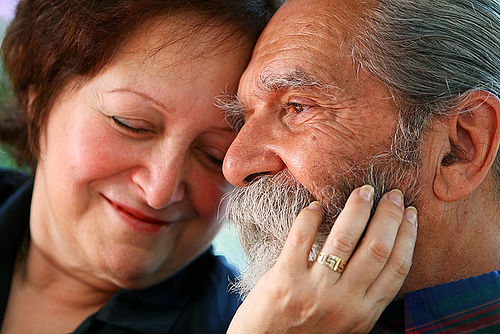 Susan sat forlorn in her parlour, on her favorite Italian sofa, decorated with pillows she purchased in Europe. She had just turned 50 and her husband surprised her with a trip to Italy.
Susan sat forlorn in her parlour, on her favorite Italian sofa, decorated with pillows she purchased in Europe. She had just turned 50 and her husband surprised her with a trip to Italy.
Just after their return from Europe, Susan decided to get her health screenings done. She saw her gynecologist, had a Pap smear, had a colonoscopy and had a mammogram. The mammogram identified a nodule in her breast and the MRI clarified it as a breast cancer. It wasn’t fair. Susan was sad and she was angry. She had breast cancer.
She was grateful that she had a loving, supportive husband, for she knew she would need his strength. She was grateful for her mother, for she would need her motherly love. She was grateful for her friends, for she would need their social camaraderie.
Susan was going to need them, because without her caregivers, facing treatment for breast cancer can be lonesome, difficult and scary.
Susan will need her husband to hold her, to keep track of appointments, to give her her medications and care for her surgical wounds. Susan’s mother will cook meals, bake cookies and help straighten-up the house. Susan’s friends will be there to help her feel good by doing her hair, putting on her make up and sharing some laughs.
But how does a caregiver GIVE care?
The American Cancer Society is a partner that can teach the skills and help coach the emotional support these caregivers will need to learn. The American Cancer Society was started by doctors who wanted to wake up America to the reality of cancer so that Americans would seek treatment. Too many Americans were ignoring lumps and hiding in the shadows out of shame because society had put a death mark on anyone diagnosed with cancer.
Thanks in large part to the American Cancer Society, cancer came out of the woodwork and today millions of people are getting screened for cancer and millions of lives are being saved.
When I was diagnosed with cancer, I needed my nurses and physicians to diagnose and treat me and I needed books and information to understand my disease. But I found something out, my wife also needed resources and information. She needed to understand on her level what I was going through, what my treatments might be and if I was facing death.
I learned that caregivers can need as much support as patients need treatment, for it is the caregiver that is driving to appointments. It is the caregiver that is running to pharmacy and placing all those pills on the table next to a glass of water. It is the caregiver that can offer the soft shoulder to cry on. It is the caregiver that can deliver the final nudge of strength to go and get that last bit of treatment.
But how does a caregiver RECEIVE care?
The American Cancer Society, the Cancer Support Community and other centers have many resources to help the caregiver, including resource centers, support groups, exercise programs and even wigs. These community resource centers (libraries) are staffed by wonderful volunteers, many of whom are survivors and trained as volunteers by the American Cancer Society. These libraries have many publications about all types of cancers, about treatments, side effects and just the daily routine of receiving treatment.
These libraries also have resources to help caregivers understand and learn how to care for a surgical drain, how to place a cool washcloth on the forehead to ease nausea, and how to apply soothing creams to the skin. And they learn how to express their passion and love and learn how to read the signals of love and passion from their partner, who just can’t communicate her love in the same way as before.
Susan met with her breast surgeon and began the long, often lonely, often harried, road of treatment. Susan and her husband then went directly to the American Cancer Society Cancer Resource Center to learn how to travel this road. Susan’s husband held her hand, kept her appointments and made the bed every morning. Her mother brought over dinner and dessert and her friends provided the comic relief.
Susan’s caregivers cushioned the shock of diagnosis and hardships of treatment. And sometimes it is the care and love of the caregiver, of the friend, of the husband, that can make completing treatments that much less difficult. Susan was fortunate to have her caregivers. Her caregivers were fortunate to have a support community themselves.

